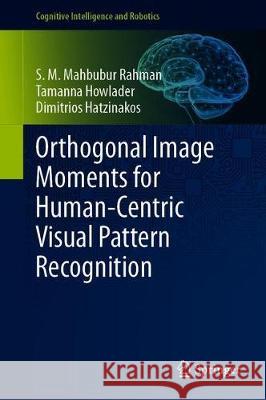Orthogonal Image Moments for Human-Centric Visual Pattern Recognition » książka
topmenu
Orthogonal Image Moments for Human-Centric Visual Pattern Recognition
ISBN-13: 9789813299443 / Angielski / Twarda / 2019 / 149 str.
Orthogonal Image Moments for Human-Centric Visual Pattern Recognition
ISBN-13: 9789813299443 / Angielski / Twarda / 2019 / 149 str.
cena 402,53
(netto: 383,36 VAT: 5%)
Najniższa cena z 30 dni: 385,52
(netto: 383,36 VAT: 5%)
Najniższa cena z 30 dni: 385,52
Termin realizacji zamówienia:
ok. 22 dni roboczych
Dostawa w 2026 r.
ok. 22 dni roboczych
Dostawa w 2026 r.
Darmowa dostawa!
Kategorie:
Kategorie BISAC:
Wydawca:
Springer
Seria wydawnicza:
Język:
Angielski
ISBN-13:
9789813299443
Rok wydania:
2019
Wydanie:
2019
Numer serii:
000829766
Ilość stron:
149
Oprawa:
Twarda
Wolumenów:
01











